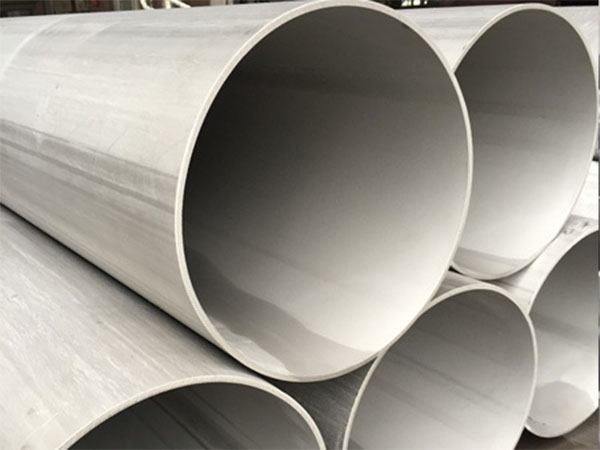Method for extending the service life of welded steel pipe
Welded steel pipe is a kind of steel that is welded into tubes by steel plate or steel strip. It is widely used in oil, gas, building structure, water supply and machinery manufacturing. As a widely used steel pipe, how to extend its service life has become a matter of close attention. The following are some key methods that can extend the service life of steel pipes:

The method of extending the service life of welded steel pipe can be optimized from many aspects such as material selection, processing technology, installation and maintenance.
1. Choose quality materials
Select suitable materials according to the use environment, such as galvanized steel, stainless steel or alloy steel, especially when used in corrosive environments, materials with better corrosion resistance should be selected.
2. Adopt excellent production technology
High quality welding: The use of advanced welding technology, such as high-frequency welding, laser welding, etc., to ensure the quality of the weld. Avoid welding defects such as cracks and pores.
Heat treatment: Anneal or normalize the welding area to reduce welding stress and improve the strength and toughness of the material.
Surface treatment: The surface of the steel pipe is galvanized, sprayed with epoxy resin or polyurethane coating to increase corrosion resistance.
3. Precautions during installation
Reasonable design: According to the fluid pressure, temperature and corrosion, choose the appropriate pipe specifications and installation methods to avoid overload operation.
Prevent stress concentration: Reduce stress concentration at pipe bends and joints, and use suitable supports and compensators to avoid deformation and breakage.
Weld protection: Avoid damage to the weld during installation, and apply additional protection treatment to the weld area if necessary.
4. Strengthen anti-corrosion coating
Internal and external coating: The inner and outer walls of the steel pipe are treated with anti-corrosion coating to prevent medium corrosion, such as lining plastic, lining rubber or spraying special anti-corrosion materials.
Cathodic protection: Use of sacrificial anode or impressed current cathodic protection technology in underground or underwater environments.
Regular cleaning: Remove the inner wall dirt by physical or chemical methods to reduce the retention of corrosive media.
5. Regular inspection and maintenance
Regular inspection: Use ultrasonic flaw detection, magnetic particle detection and other methods to check the quality of weld and tube wall thickness, find problems in time to repair.
Prevent stagnant water and deposits: Keep pipes dry and avoid long-term exposure to high humidity or acid.
Replacement of wearing parts: Timely replacement of aging or damaged pipe fittings and seals to avoid the spread of faults.
6. Improve the use environment
Temperature control: Install heat insulation device in high temperature environment to avoid aging of steel pipe due to thermal expansion and cold contraction.
Reduce mechanical damage: To avoid external impact or friction, the outside of the pipeline can increase the protective sleeve or protective layer.
Fluid medium adjustment: Reduce corrosion by adding corrosion inhibitors or adjusting the composition of the medium.
Note: The staff must wear labor protective equipment before pickling the seamless pipe. The working environment of the site should also be inspected in detail, mainly to check whether the steel pipe sling is intact; When pickling seamless pipes, hydrochloric acid is mainly used for pickling. Generally, the content of hydrochloric acid is 18% to 20%. Seamless pipe specifications are expressed by diameter * wall thickness.
